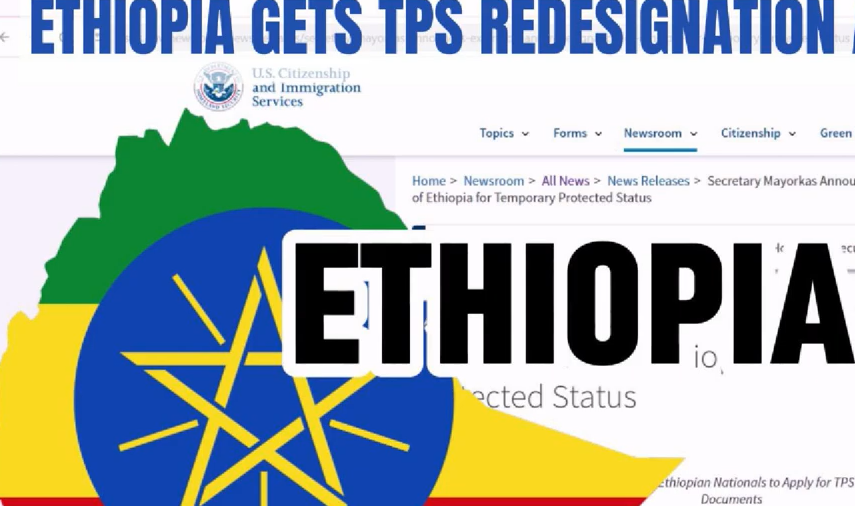President Barack Obama signing the Lilly Ledbetter Fair Pay Act
The City University of New York has released a calendar and website that celebrate the achievements, sacrifices and triumphs of America’s workers.
This is the 12th calendar that the University has produced in collaboration with The New York Times in Education and the LaGuardia and Wagner Archives at CUNY’s LaGuardia Community College, and it is the first with contributions from the New York City Central Labor Council.
Students, teachers, parents and the public have free access to the downloadable calendar and a treasure chest of supporting resources that chronicle the lives of builders, artists, farmers and other workers at www.cuny.edu/workingpeople. This rich resource includes audio and video materials, original research and photographs from The New York Times archives. Teachers and students in college and secondary schools, as well as parents and the general public, can find related materials and lesson plans from previous calendars on voting rights and citizenship, women’s leadership, immigration and more at www.cuny.edu/freedom.
The calendar ranges over an array of topics, including agriculture, art, building, finance, health, organizing, textiles and transportation, with thumbnail profiles and numerous quotations from working people.
The calendar details the history of labor in the United States. A few highlights: 1662, when Virginia codified labor of enslaved Africans as an inherited condition; 1869, when Philadelphia tailors founded what became the 700,000-member Knights of Labor, the first group to unite skilled and unskilled workers and to include women and, after 1878, African-Americans; 1900, when the International Ladies’ Garment Workers Union formed and United Mine Workers successfully struck the anthracite coal region; 1942, when the U.S. Bracero program imported Mexican farm workers and 1966, when the first Mexican “maquiladora” industrial park lured U.S. manufacturers with cheaper labor.
The calendar also looks at presidential actions, such as President Martin Van Buren setting a 10-hour workday for federal employees in 1840; President Ronald Reagan firing 11,000 striking air traffic controllers and hiring nonunion replacements in 1981; President Bill Clinton signing the Family and Medical Leave Act in 1993; President George W. Bush vainly trying to strip 170,000 Homeland Security workers of civil service and union protections in 2002; and President Barack Obama signing the Lilly Ledbetter Fair Pay Act of 2009, which reversed a Supreme Court ruling that had tightly limited the time for filing workplace discrimination claims.












